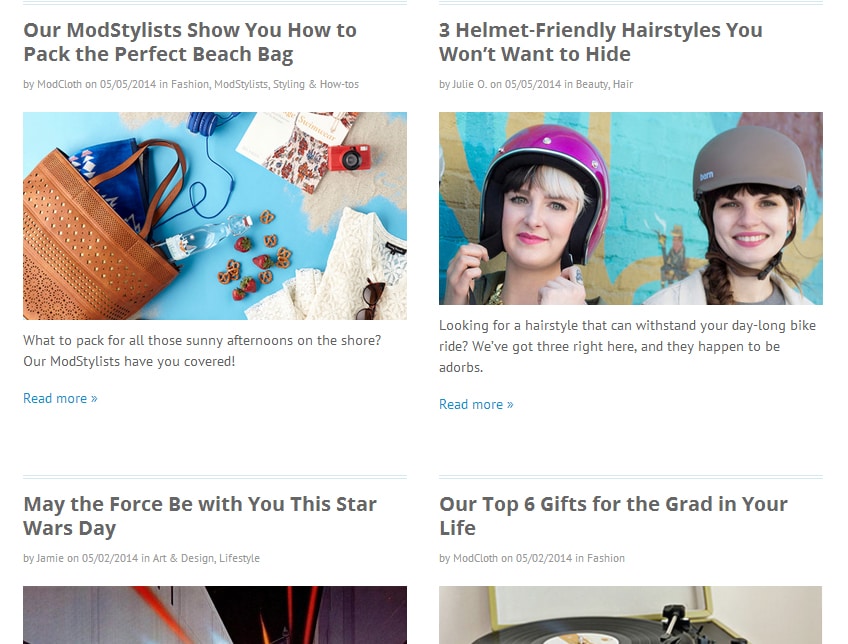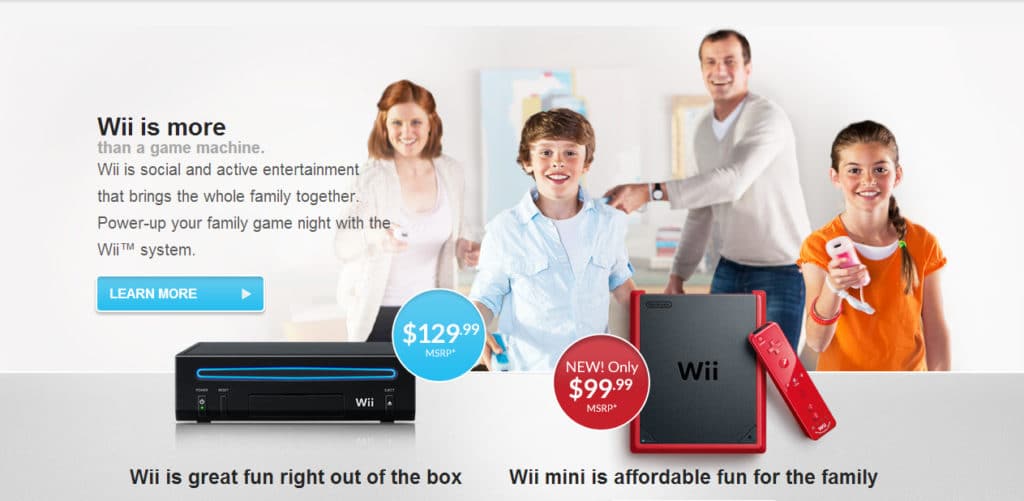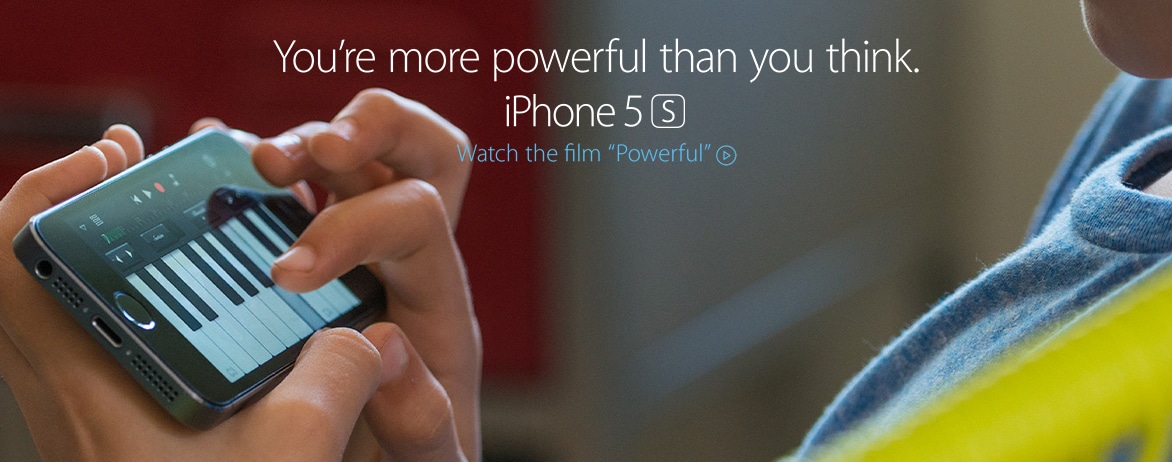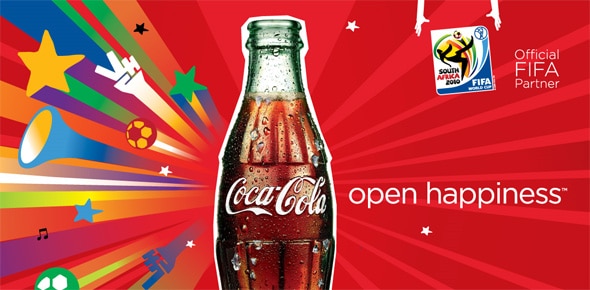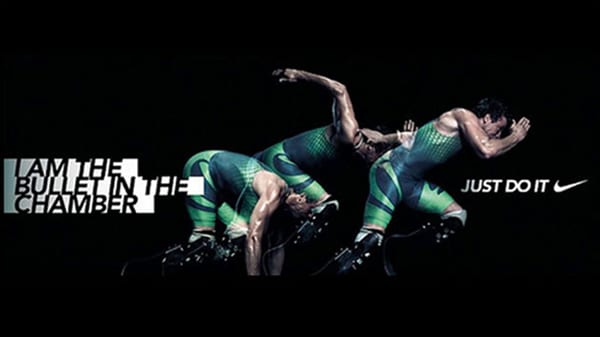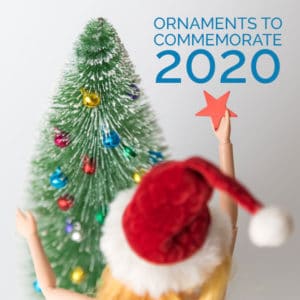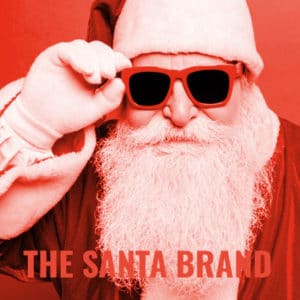When designing your brand development strategy, ask yourself this 1 question:
Why should anyone buy from me?

The hows and whys of brand development
The first step in this process is to find your brand’s tone of voice. No one will care about you if they don’t even know or understand who you are.
But what is a “voice?”
The dictionary defines it as: “A range of such sounds distinctive to one person, or to a type of person or animal.”
We define it as “Personality”.
Which words are the most important in this definition?
Range. Distinctive. One Person.
RANGE
Your brand’s voice, like any human voice, has a range. Highs and lows, peaks and valleys. Sometimes you’re happy, other times angry. But you are always the same person.
To have your brand’s copywriting sound exactly the same every time would be utterly robotic, and eventually, it becomes borrrrrring. Be consistent, but show different sides of your brand’s personality.
How can you combat a case of robot-range? Make sure your brand’s voice is specific and authentic for every product, headline, each piece of news, each social media post. A great example of this is ModCloth, the online clothing retailer.
Their blog feels human, with different writers providing unique content all centered around ModCloth’s main purpose: To make young women look and feel great, even if they are not a size 2. In order to sell their fashion and accessories, naturally.
It takes an amazing range to write a blog about packing a beach bag immediately following a blog on helmet hair immediately following a blog on Star Wars.
But by maintaining the overall fun, playful, stylish brand voice of ModCloth, the personality of the brand stays consistent and on message. They have built a huge following for their brand by being themselves.
Learn more about our writing services
DISTINCTIVE
“Generality is the enemy of all art” – Stanislavsky.
We’ve all read the “don’t miss this amazing deal!” sign-off a million times. Have you ever noticed that if you say a certain word over and over it loses its meaning? Same thing with stock phrases that brands without a distinct voice will use to sell their service.
“Excellent service, personalized care, leading whatever”, “best in class” – what do these phrases really mean, and how are they distinctive to your product? What exactly makes up the excellent service you offer?
Discovering what makes your brand distinctive from your competition takes thought. Take time to reflect on what you offer customers that other companies can’t.
Discover the problems your clients have and show them how you solve it for them. Then, communicate the benefits of your product or service to your audience in your brand development strategy.
Our example? Nintendo.
Nintendo has always made sure its voice is distinctive amongst its biggest competitors (Sony and Microsoft). By capitalizing on the family-friendly nature of their consoles (games aimed at children, multi-player games, party games), Nintendo owns the voice that “brings families together”. They have carved out the largest part of the market (children) for themselves, leaving Sony and Microsoft to battle it out over the niche-market of mature gamers.
Nintendo isn’t trying to compete over the voice that Sony and Microsoft are trying to cultivate. They’ve found their own, and make sure to maintain a monopoly on it with their unique offerings.
ONE PERSON
“Be yourself. Everyone else is taken.” – Oscar Wilde
There could be one, two or hundreds of designers, employees, and contributors all working together to support the voice of the company. But it is still one brand, one name, one entity. It takes discipline to manage brand development to stay consistent and on target. Consistency is key to building brand love.
Apple. Coca-Cola. Nike. The list of people who built the voice of these brands is nearly endless. But at the end of the day, Apple, Coca-Cola and Nike are selling more than a product; they’re selling Being Technically Cool, Living Happy and being Fiercely Athletic. In order to sell tech, and soda, and shoes of course.
These brands clearly have a pretty fanatical fan base. Wouldn’t it be great if your brand had that too?
Ask yourself: What would make someone fall in love with my brand?
Answer that question, and you are on your way to building a business people will grow to love.


